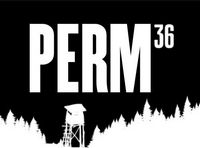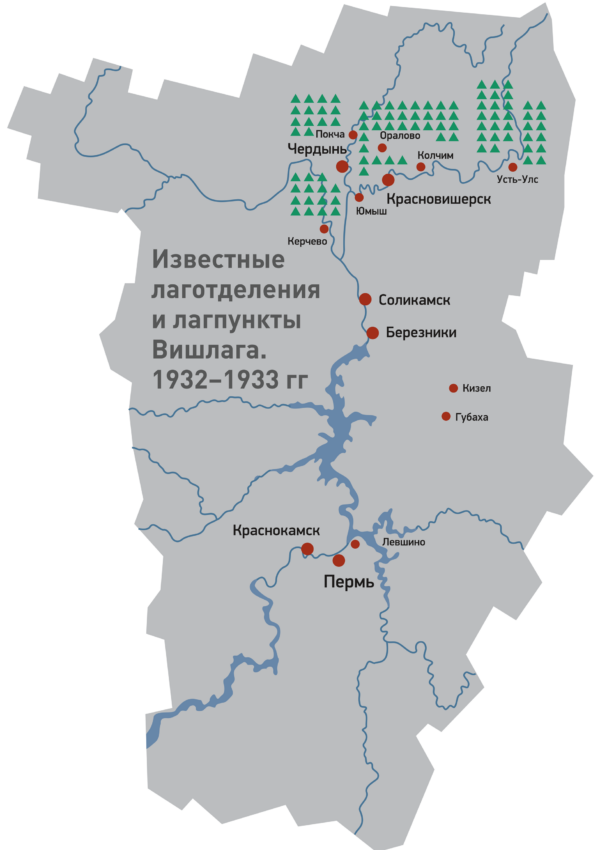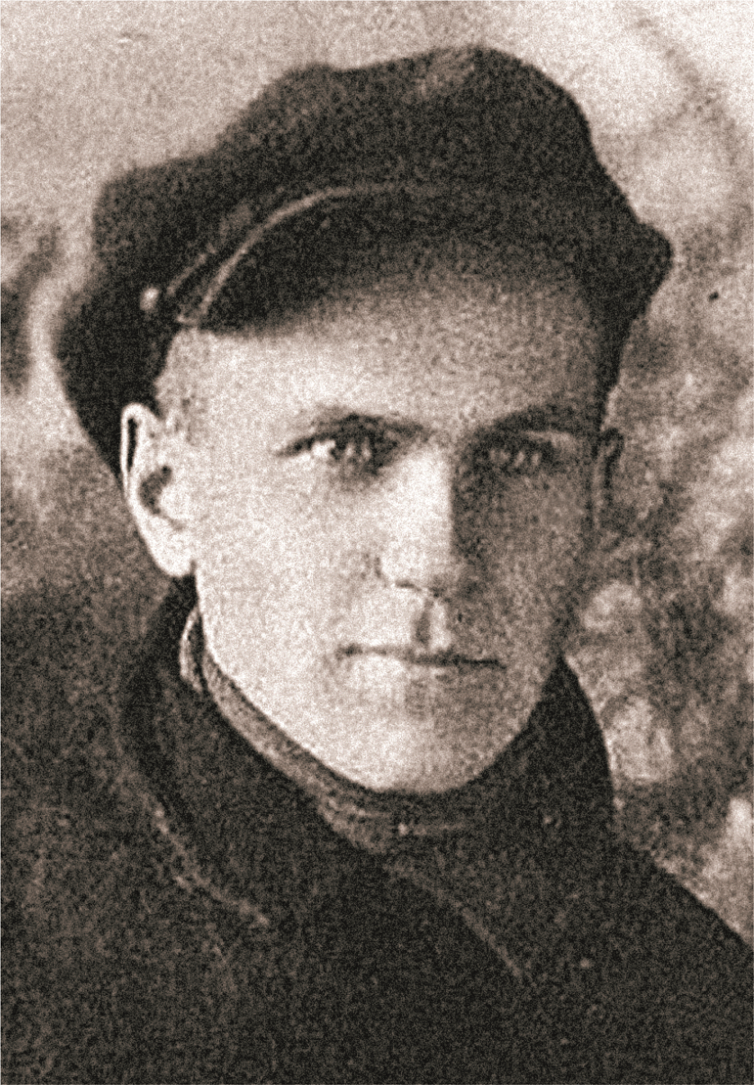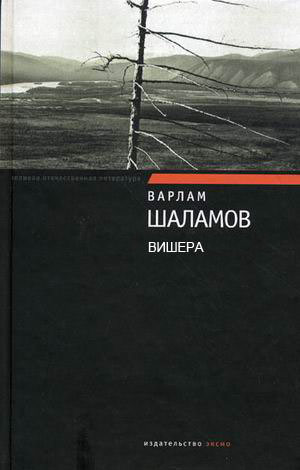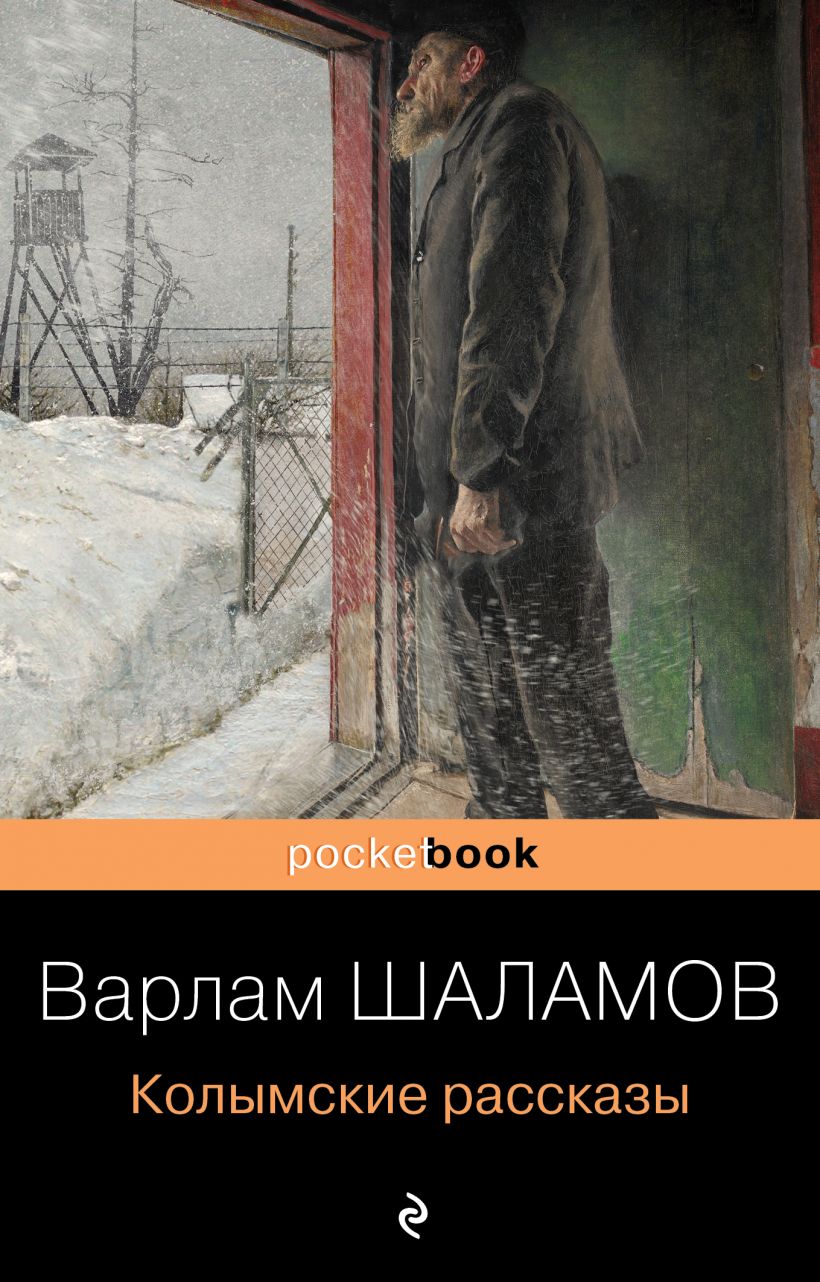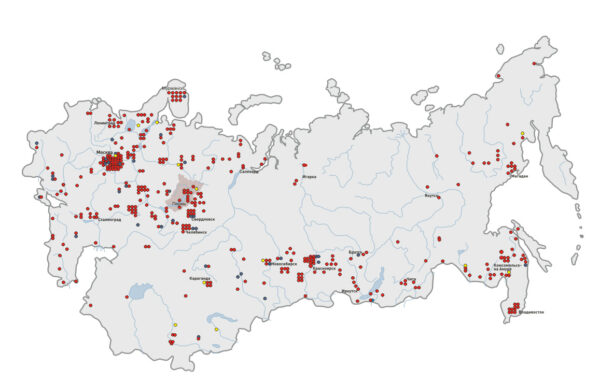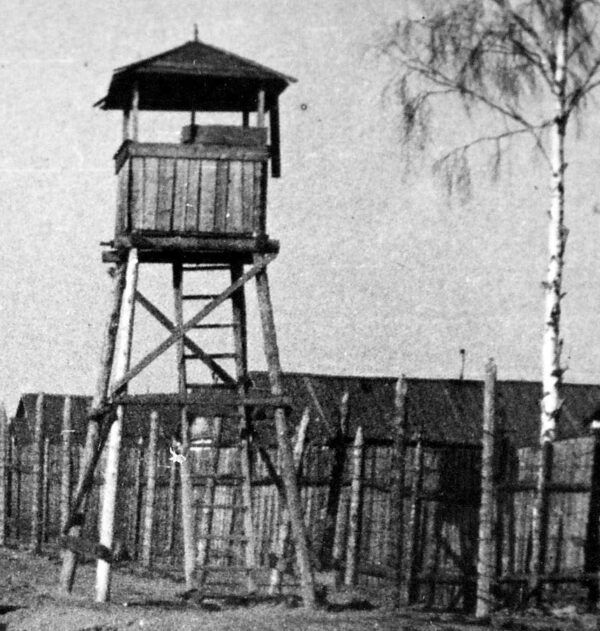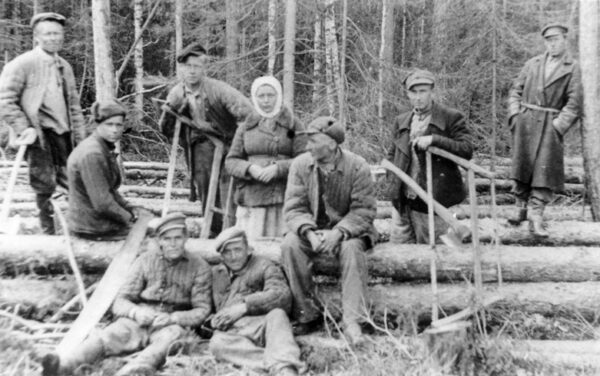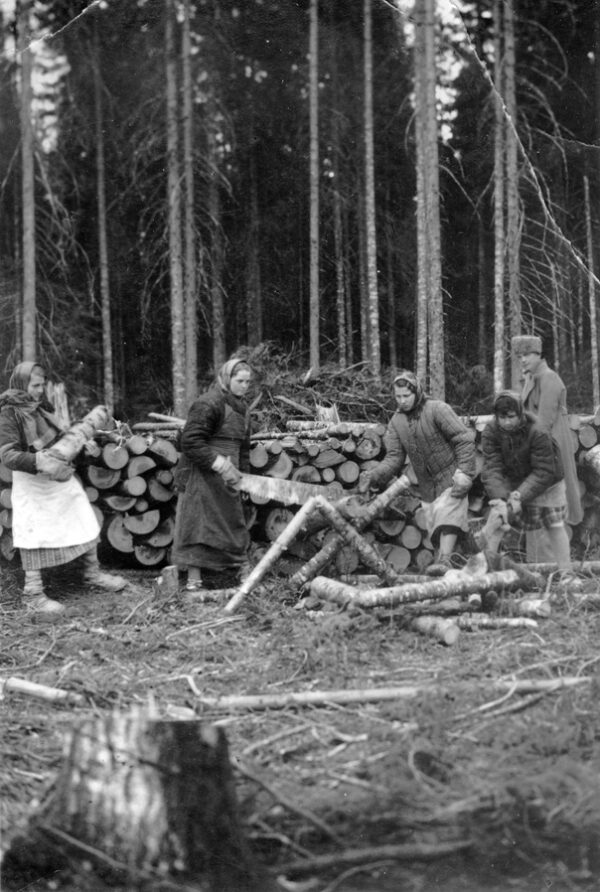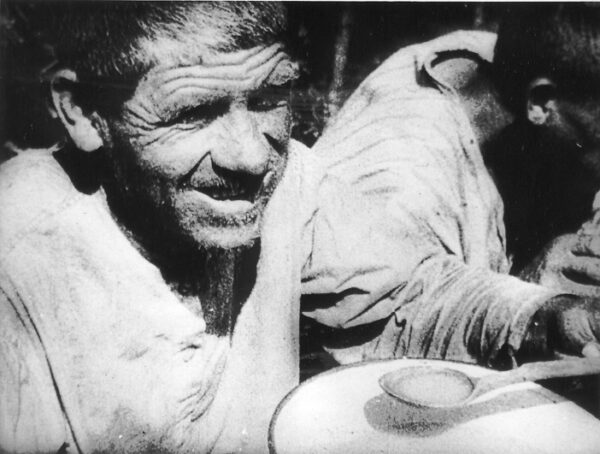GULAG. 1942 - 1953
The GULAG as a phenomenon of monstrous exploitation of a huge number of prisoners, mostly innocently convicted – existed for only a quarter of a century: from 1929 to 1953. And as an institution – the Main Directorate of the Camps of the NKVD-MVD of the USSR – from 1934 to 1959. But for many decades, if not centuries, the Gulag left the whole of humanity with a traumatic memory of a pitch hell on earth. These traumas – traumas of lawlessness of power and obedience of the population – relapsed in the current insane war…
The GULAG was born in the same place where the political camp of the USSR ended its history much later – in the Perm Territory. In 1929 – 1934, the Vishera Pulp and Paper and Berezniki Chemical Plants and a dozen smaller enterprises were built here with the help of tens of thousands of prisoners, not counting the numerous forest “business trips”. Both plants were built for the needs of the army: cellulose was used to produce gunpowder, and nitrogen was used to produce explosives.
The work was supervised by the rear service of the Red Army (Workers ‘and Peasants’ Red Army), and the prisoners were supplied to the construction sites by the political police – the GPU (State Political Administration). This was the first experience of the mass use of prison labor. The experience came to the court, and the organizer of the construction, the Red Army divintendant and an employee of the special department of the Cheka-OGPU of the USSR E. Berzin in 1932 was sent to disseminate this experience in Kolyma, where he created the most terrible, as they were called, “extermination-labor” camps.
One of the “builders” of the Vishera and Berezniki combines was Varlam Shalamov – a great writer in the future, and then a prisoner of VISHERON, the Vishera special purpose camp, who left his testimony about it – the anti-novel Vishera.
“The camp zone, brand new, brand new, shone. Each barbed wire in the sun shone, shone, blinded the eyes. Forty barracks – the Solovetsky standard of the twenties, two hundred and fifty seats in each on solid bunks on two floors… The columns of the camp club were somewhat reminiscent of the Parthenon, but were worse than the Parthenon “
V. Shalamov” Vishera “
During the existence of the Gulag, 474 corrective labor camps (ITL) were established in it. At that time, not every separate “zone” was called a camp, as it will be confirmed in everyday consciousness later, but an institution that includes from one to several dozen such “zones”: camp departments (LO), camp points (LP), colonies, “business trips ”, “posts”. In these “zones” there were from several tens to many thousands of prisoners. So in the North-Eastern ITL (SVITL, Kolyma) on July 1, 1940, according to its accounting and distribution department, there were 190,309 prisoners. In addition, in each region and territory, there were territorial directorates of corrective labor camps and colonies (UITLK) with their own camps and colonies. In 1952, the total one-time number of prisoners of the Gulag and territorial UITLK exceeded two and a half million people. And for a quarter of a century, several tens of millions passed through the camps. And no one knows yet how many of them are left in the camp cemeteries.
Correctional labor colony No. 6 (ITK-6) of the Molotov UITLC was the smallest fragment of this entire empire of slavery in the 20th century, but a fragment in which the entire “archipelago” was reflected.
ITK-6 Molotov UITLK in 1942-1946
ITK-6 of the Molotov UITLK (Office of Correctional Labor Camps and Colonies) was created at the most difficult time for the country – in the late autumn of 1942. Its creation was caused, apparently, not by production needs, but by the need to employ an ever-increasing number of prisoners. The colony was logging. And the organization of logging camps was a reliable way to “utilize” the newly convicted.
When a wave of the Great Terror swept over the country in 1937-38 and over 700 thousand people were thrown into the Gulag within a few months, two Gulag orders dated August 16, 1937 and February 5, 1938 created thirteen large forest camps in the space from Onega to Taishet, containing half of this amount. And the forest is always needed, and it was easier to organize these camps: the prisoners would not only cut down the forest and take it out along the roads laid by them, but they would also build the camps themselves.
But the prisoners of ITK-6 did not succeed in building stationary barracks until 1946: although their number in 1944 amounted to over 800 people, they were scattered across forest plots in the surrounding forests along the Chusovaya River over a space of more than fifty kilometers. The location of the logging sites and the headquarters of the colony changed many times during this period – the colony was consistently far from fulfilling the planned targets, its leadership explained this either by the scarcity of the allocated timber fund, or by inconvenience or the hauling distance (mechanical delivery) of the harvested timber, and this caused constant displacement of the colony units.
The contingent of the colony was diverse: there were both men and women, and teenagers – boys and girls, starting from 15 years old. Most of them were sentenced to short terms for petty theft, for hooliganism, for unauthorized leaving the work of defense industry enterprises and vocational schools, for home brewing and petty speculation. But there were also those convicted on charges of counter-revolutionary crimes and “for five ears of corn”, as the people said – according to the Decree of the Presidium of the Supreme Soviet of the USSR of August 7, 1932 “On criminal liability for theft of state or collective farm-cooperative property.”
Labor in the colony was extremely hard: the prisoners not only sawed the forest, but also manually pulled the logs from the plots. There were few horses of their own in the colony, and from starvation they were also weak. And the authorities ordered the local residents to allocate collective farm horses for the colony, which was a heavy dues for the collective farms, and they either evaded it as best they could, or supplied horses that were completely weak. The life of the prisoners was more than meager: many of them could not meet the prescribed production rate and received a “guarantee” – a minimum daily ration of 600 grams of black, usually poorly baked bread, because for reasons of economy, bread in the colonies preferred not to buy, but the stove ourselves, and a bowl of camp balanda – a very thin, tasteless and nutrient-poor stew.
